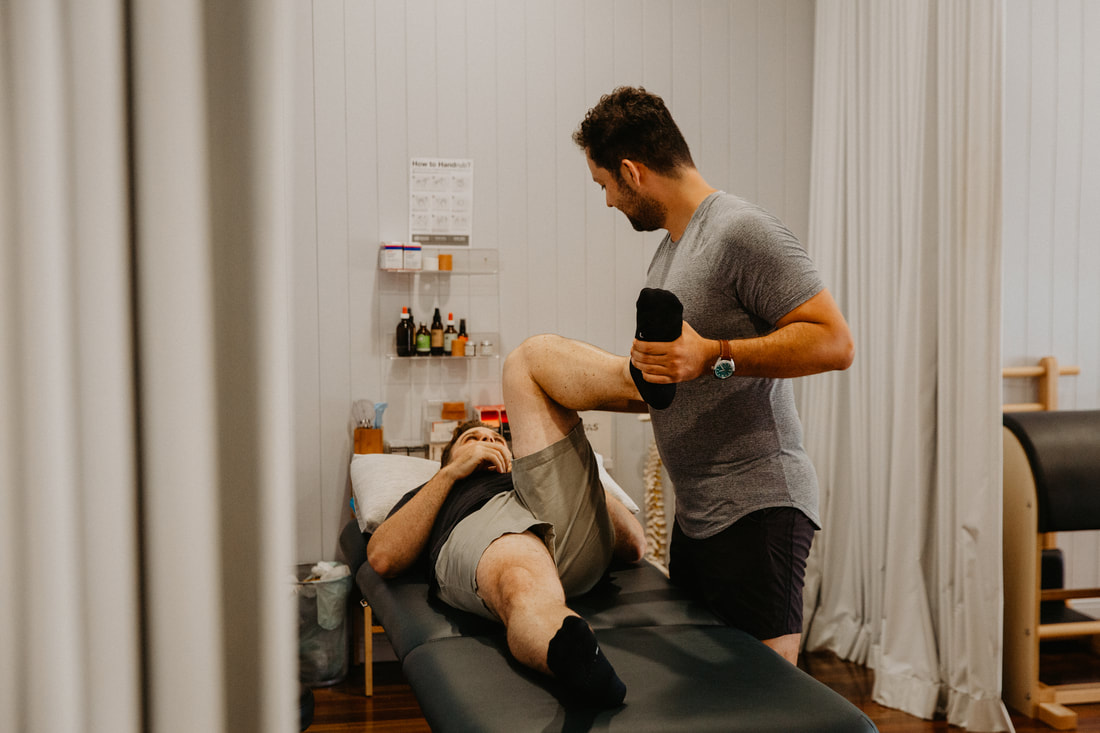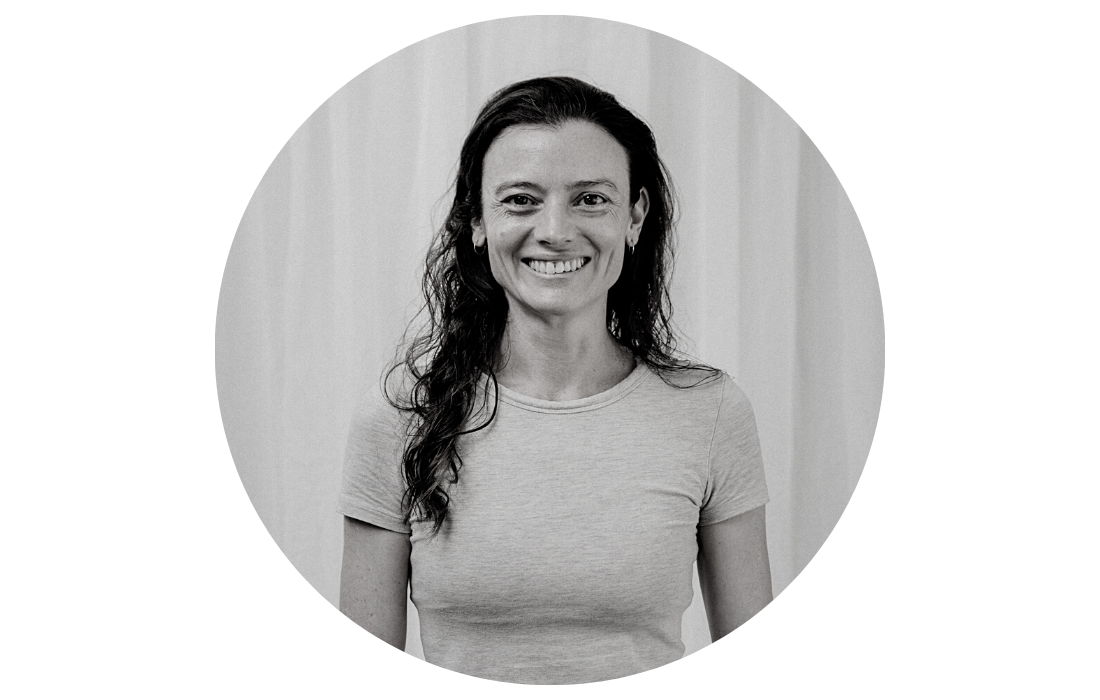Tarsal Tunnel Syndrome Physiotherapy Brisbane southside.
What is Tarsal Tunnel Syndrome?
Tarsal tunnel syndrome (TTS) is a condition that occurs when the tibial nerve, which runs along the inside of the ankle, becomes compressed or squeezed as it passes through the tarsal tunnel—a narrow passageway formed by the bones, ligaments, and tendons on the inside of the ankle. This compression can lead to pain, numbness, and tingling in the foot and ankle.
What causes Tarsal Tunnel Syndrome?
Tarsal tunnel syndrome can be caused by various factors, including:
What are the symptoms of Tarsal Tunnel Syndrome?
The common symptoms of tarsal tunnel syndrome include:
How is Tarsal Tunnel Syndrome diagnosed?
Diagnosing tarsal tunnel syndrome involves a combination of:
What is the treatment for Tarsal Tunnel Syndrome?
Treatment for tarsal tunnel syndrome depends on the severity of the condition and may include:
How is Tarsal Tunnel Syndrome prevented?
To reduce the risk of tarsal tunnel syndrome:
How can physiotherapy help with Tarsal Tunnel Syndrome?
Physiotherapy can play a significant role in the management of tarsal tunnel syndrome (TTS) by addressing pain relief, improving foot and ankle function, and promoting nerve recovery. Here's how physiotherapy can help with TTS:
It's important to note that the effectiveness of physiotherapy in managing TTS depends on the severity of the condition and individual factors. In some cases, if conservative treatments are ineffective, surgical intervention may be necessary to relieve nerve compression. Consulting with a healthcare provider or orthopaedic specialist can help determine the most appropriate treatment plan for your specific needs. Early intervention and consistent physiotherapy can help alleviate symptoms, improve foot function, and promote nerve recovery in tarsal tunnel syndrome.
If you or a loved one has questions about Tarsal Tunnel Syndrome and how our physiotherapists might be able to help please call us on 07 3706 3407 or email [email protected]. We would love to work with you!
Tarsal tunnel syndrome (TTS) is a condition that occurs when the tibial nerve, which runs along the inside of the ankle, becomes compressed or squeezed as it passes through the tarsal tunnel—a narrow passageway formed by the bones, ligaments, and tendons on the inside of the ankle. This compression can lead to pain, numbness, and tingling in the foot and ankle.
What causes Tarsal Tunnel Syndrome?
Tarsal tunnel syndrome can be caused by various factors, including:
- Anatomy: The structure of the tarsal tunnel may vary from person to person, making some individuals more prone to nerve compression.
- Trauma: An injury or trauma to the ankle, such as a sprain or fracture, can lead to inflammation and compression of the tibial nerve.
- Flat Feet (Pes Planus): Flat feet can increase the risk of TTS by altering the alignment of the foot and placing pressure on the tibial nerve.
- Systemic Conditions: Certain systemic conditions, such as diabetes, rheumatoid arthritis, and obesity, can contribute to nerve compression and the development of TTS.
What are the symptoms of Tarsal Tunnel Syndrome?
The common symptoms of tarsal tunnel syndrome include:
- Pain: Pain is often felt along the inside of the ankle and may radiate into the arch of the foot.
- Numbness: Numbness or tingling sensations may be experienced in the sole of the foot, heel, and toes.
- Burning or Electric Shock Sensations: Some individuals may report feeling a burning or electric shock-like sensation.
- Weakness: Muscle weakness in the foot, leading to difficulty with activities such as walking and balance.
How is Tarsal Tunnel Syndrome diagnosed?
Diagnosing tarsal tunnel syndrome involves a combination of:
- Clinical Evaluation: A healthcare provider will review your medical history, ask about your symptoms, and conduct a physical examination of the ankle and foot.
- Tinel's Sign: Tapping the area over the tarsal tunnel may elicit tingling or electric shock-like sensations in individuals with TTS.
- Nerve Conduction Studies: These tests can measure the speed and strength of nerve signals and help diagnose nerve compression.
- Electromyography (EMG): EMG may be used to assess muscle activity and identify nerve damage.
- Imaging: X-rays, MRI, or ultrasound may be used to visualise the structures within the tarsal tunnel and assess for any structural abnormalities.
What is the treatment for Tarsal Tunnel Syndrome?
Treatment for tarsal tunnel syndrome depends on the severity of the condition and may include:
- Conservative Treatments:
- Rest: Reducing or avoiding activities that exacerbate symptoms.
- Orthotic Devices: Custom-made or over-the-counter shoe inserts or arch supports can help alleviate pressure on the tibial nerve.
- Medications: Non-steroidal anti-inflammatory drugs (NSAIDs) or pain medications may be prescribed to manage pain and inflammation.
- Physical Therapy: Physiotherapists can provide exercises to improve foot and ankle strength, flexibility, and stability. They may also use modalities such as ultrasound or electrical stimulation to reduce pain and promote healing.
- Corticosteroid Injections: In some cases, corticosteroid injections may be administered to reduce inflammation and alleviate pain.
- Surgical Intervention: If conservative treatments are ineffective or the condition is severe, surgical release of the tibial nerve may be considered to relieve pressure in the tarsal tunnel.
How is Tarsal Tunnel Syndrome prevented?
To reduce the risk of tarsal tunnel syndrome:
- Maintain a healthy body weight.
- Wear appropriate footwear with good arch support.
- Treat underlying conditions such as diabetes or rheumatoid arthritis.
- Stretch and strengthen the muscles in the foot and ankle.
How can physiotherapy help with Tarsal Tunnel Syndrome?
Physiotherapy can play a significant role in the management of tarsal tunnel syndrome (TTS) by addressing pain relief, improving foot and ankle function, and promoting nerve recovery. Here's how physiotherapy can help with TTS:
- Assessment and Diagnosis: A physiotherapist will conduct a thorough evaluation to assess the extent of TTS, identify contributing factors, and determine the best course of treatment.
- Pain Management: Physiotherapists can employ various techniques to manage pain and reduce inflammation associated with TTS, including:
- Soft tissue massage: To alleviate muscle tension and reduce pain.
- Ice or heat therapy: Application of cold or heat to reduce inflammation and provide pain relief.
- Ultrasound therapy or electrical stimulation: These modalities can help reduce pain and promote tissue healing.
- Stretching Exercises: Physiotherapists will design a customised exercise program that includes stretching exercises to improve the flexibility of the muscles, tendons, and ligaments around the tarsal tunnel. Stretching can help alleviate tension on the compressed tibial nerve.
- Strengthening Exercises: Strengthening the muscles in the foot and ankle can enhance support for the tibial nerve and improve overall foot function. Physiotherapists can provide exercises tailored to target specific muscle groups.
- Balance and Proprioception Training: Balance and proprioception exercises can help improve ankle stability and reduce the risk of falls or further injury, especially if weakness or sensory changes are present.
- Nerve Gliding Exercises: Specific exercises known as nerve gliding or neural mobilisation can be used to gently stretch and mobilise the tibial nerve, potentially reducing compression and improving nerve function.
- Orthotic Devices: Custom-made or over-the-counter orthotic insoles or arch supports may be recommended to provide proper arch support and reduce pressure on the tibial nerve.
- Gait Analysis: A physiotherapist can analyse your walking pattern (gait) to identify any abnormalities that may contribute to TTS. They can provide guidance on modifying your gait to reduce stress on the affected nerve.
- Footwear Recommendations: Physiotherapists can offer advice on selecting appropriate footwear with good arch support and cushioning.
- Education: Physiotherapists can educate you about proper foot care, exercises to perform at home, and techniques for managing and preventing pain associated with TTS.
- Activity Modification: Physiotherapists can provide guidance on modifying or avoiding activities that exacerbate TTS symptoms.
- Monitoring and Progress Evaluation: Throughout your physiotherapy treatment, your progress will be closely monitored, and adjustments to your exercise program or treatment plan will be made as needed to ensure you are on track to achieve your recovery goals.
It's important to note that the effectiveness of physiotherapy in managing TTS depends on the severity of the condition and individual factors. In some cases, if conservative treatments are ineffective, surgical intervention may be necessary to relieve nerve compression. Consulting with a healthcare provider or orthopaedic specialist can help determine the most appropriate treatment plan for your specific needs. Early intervention and consistent physiotherapy can help alleviate symptoms, improve foot function, and promote nerve recovery in tarsal tunnel syndrome.
If you or a loved one has questions about Tarsal Tunnel Syndrome and how our physiotherapists might be able to help please call us on 07 3706 3407 or email [email protected]. We would love to work with you!
Who to book in with:
Yulia Khasyanova
|
Emma Cameron
|
Mauricio Bara
|



